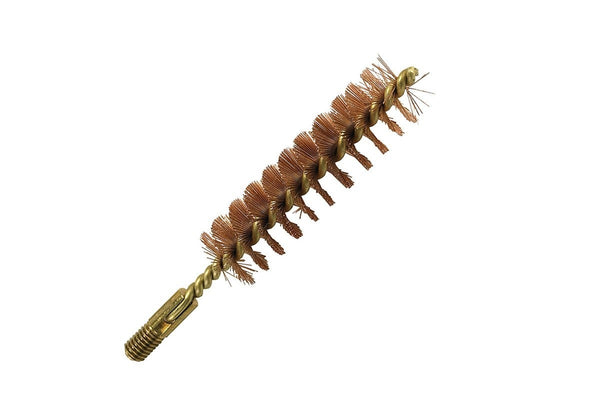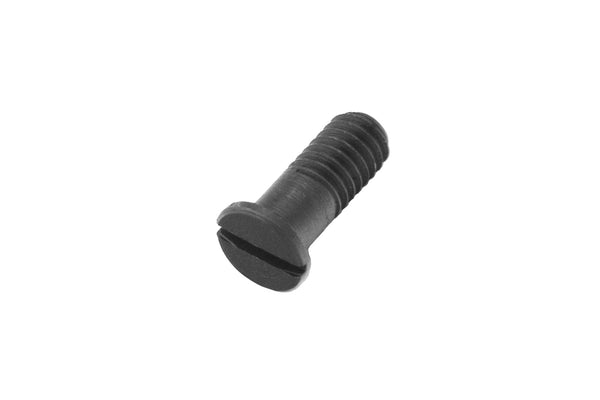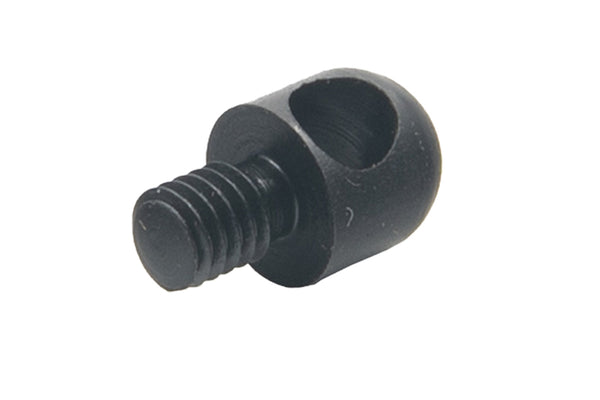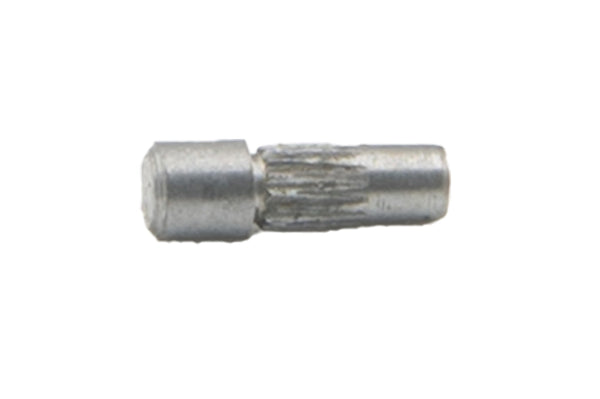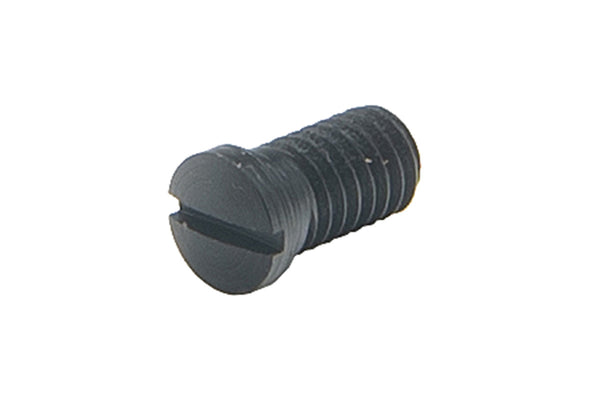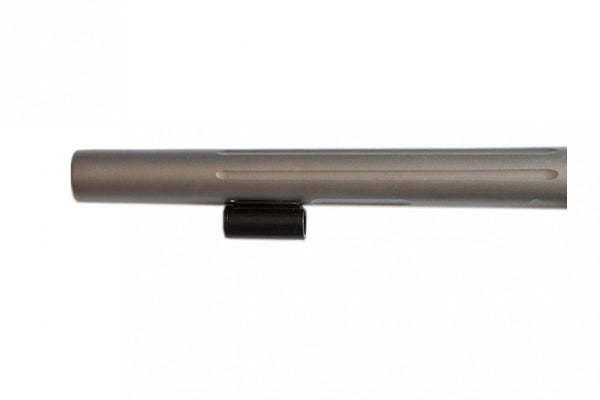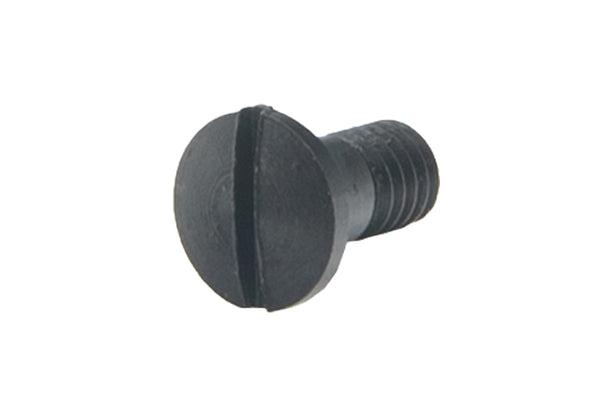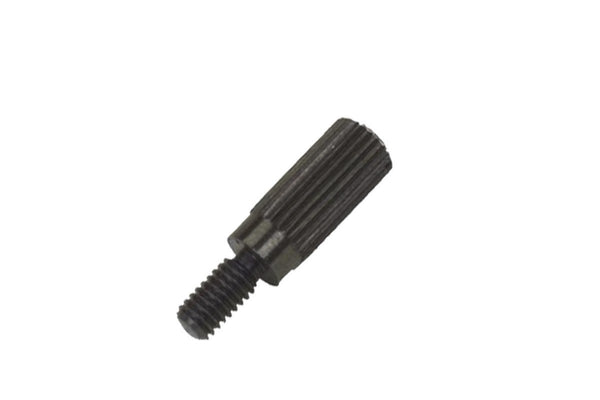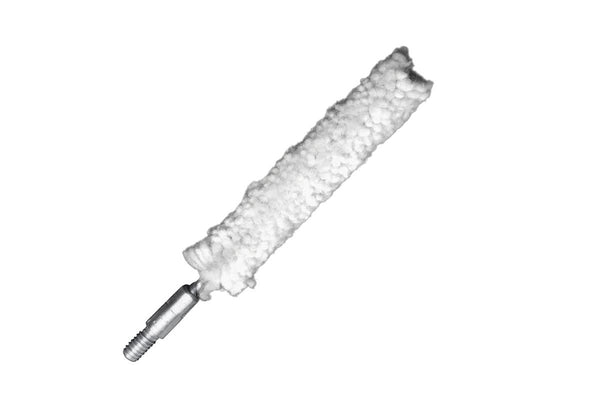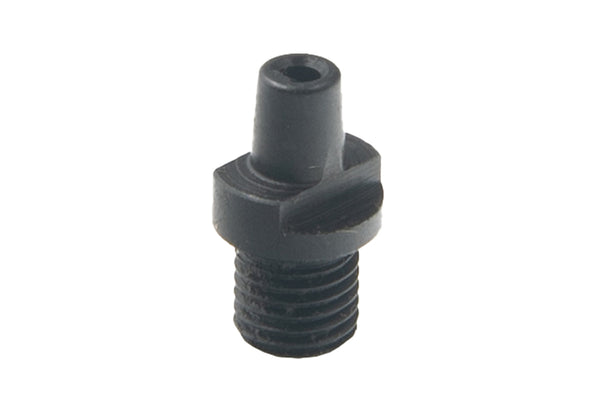Call 1(855) 236-5000

 >
>

Selecting The Right Powder - The Beginners Guide To Muzzleloading - Part 3
<--- Go Back to Part 2 or Go Forward to Part 4 --->
There are a variety of powder brands, types, and classifications available to the black powder shooter, however, not every powder will be the right choice for every application. One of the most common questions we receive is what powder should I use in my muzzleloader? In this article, we will tackle this question with as much depth as possible without getting too far into the weeds.
Please note that we will not cover every single brand of powder on the market, however, we will provide a few examples for your reference towards the end of the article.
Let’s start by breaking down the different kinds of powder options. In general, you can sort all black powder by three different variables.
- Black Powder or Black Powder Substitute
- Granulation Size
- Loose Powder or Pelletized Powder
Criteria 1 : Black Powder or Black Powder Substitute
You can choose to shoot true black powder or a good black powder substitute out of most muzzleloaders, there are pro’s and con’s to both approaches and deciding which one is best for you is fairly nuanced. Black powder is much more reactive than the black powder substitutes out there and is generally more desirable to shoot out of the traditional style muzzleloaders that use a flintlock or percussion lock ignition system. However, black powder is also extremely corrosive and will be much harder on the metal parts of your muzzleloader over time. On the flip side black powder substitutes are much nicer to your gun and work very well out of the modern inline muzzleloaders that use a 209 ignition or large rifle primer ignition system. An additional point worth considering is the availability of black powder verses black powder substitute, it is generally easier to find the substitutes these days than true black powder.
Our recommendation is to use true black powder in flintlocks almost exclusively, for percussion lock muzzleloaders you can typically get away with using a substitute. For the inline style muzzleloaders we recommend sticking with black powder substitutes for the best performance and longevity of your muzzleloader.
Criteria 2 : Granulation Size
There are 4 main granulations of black powder or black powder substitute manufactured for black powder weapons. Below is a quick break down of the different granulations you will commonly find.
Fg – Cannon powder
FFg – Rifles and Shotgun powder
FFFg – Pistol powder
FFFFg – Flash pan powder (specific to flintlock ignition)
You may also see these granulation ratings noted without a "g" at the end for example F, FF, FFF, or FFFF. Powder can also be denoted with a number to show the granulation, such as 2Fg, 3Fg, or 4Fg respectively.
Pyrodex uses a straightforward approach and does not state the "F" notation. Instead they use "RS" for rifle/shotgun or "P" for pistol. This does make it easier to know what exactly what you need as you simply purchase for a rifle/shotgun or a pistol application. RS powder is still the same granulation as standard FFg powder and P powder is still the same granulation as standard FFFg powder.
Your muzzleloader should come with a user manual that will tell you what types of powders can be used in your muzzleloader and tell you what safe load recommendations to use in regards to powder amount. Some muzzleloaders can use FFg or FFFg powder, however, there are no production rifles or pistols on the market that can use Fg or FFFFg powder for the main barrel charge. Make sure to follow the load recommendations for your gun to avoid a catastrophic barrel failure.
You will not find flash pan powder or cannon powder in a black powder substitute, as those two ratings of powder are only made as true black powder.
Criteria 3 : Loose Powder or Pelletized Powder
While loose powder is the cliche when thinking about muzzleloading, there are also pre-measured powder charges in the form of pelletized powder. Both loose and pelletized powder offer excellent performance and can be used effectively in a variety of applications. Which powder you decide to go with will depend on the type of muzzleloader you are using, personal preference, ease of use, and desired challenge.
With the exception of the Traditions PA Pellet Flintlock Muzzleloader, it is not recommended to use pelletized powder in any traditional sidelock style muzzleloader (flintlock, percussion lock, matchlock, wheel lock etc.). If you are shooting an inline muzzleloader then pelletized powder is a great option. Pellets are not recommended in traditional muzzleloaders because of the the indirect ignition, including #10, #11, and musket caps, which are consistently not hot enough to ignite pellets properly. Pelletized powder requires a hotter ignition temperature and therefore only performs well in inline style muzzleloaders with a 209 or hotter ignition.
An additional consideration to keep in mind is if you want a fixed charge or if you want to have some flexibility to really fine tune the powder charge for optimal performance. When using pelletized powder, most pellet charges come in 50 grain increments. Pellets can also be found in 30 grain or 60 grain increments to allow for more fine tuning. That being said, you are still locked into set grain increments limiting your options for charge size. If you are using 50 grain pellets, you will be able to shoot 2 perhaps 3 pellets at maximum depending on the muzzleloader. That is equivalent to 100 or 150-grains of powder by volume respectively.
If you decide to shoot loose powder you have much greater flexibility and can make smaller adjustments with your powder charge to maximize your accuracy and performance. In turn, loose powder is slower to measure out and reload and requires more equipment to load the muzzleloader as you will need to measure it out.
You will be able to get good groups using either style of powder, so our recommendation would be to do what makes the most sense to you. If you are brand new and shooting an inline muzzleloader, we generally recommend starting with pellets, then moving into loose powder if you want to increase performance or want a different challenge. If you start with a traditional style gun, you will use loose powder.
Blackhorn 209 has been an extremely popular powder that requires a special mention. Blackhorn 209 is only available as a loose powder. Due to Blackhorn 209 being more efficient, you need to dial down your charges by 20%. This means that a 150-grain magnum charge per volume of standard powder is equivalent to 120-grains per volume of Blackhorn 209. It is your responsibility to read your muzzleloader manual to know what is safe to use in your particular muzzleloader.
Powder Examples:
As referenced earlier in this article, here are a few examples of the various black powder options on the market.
Loose Powder Examples:
| Pyrodex RS (Black Powder Substitute) | Hodgdon Triple 7 (Black Powder Substitute) |
 |
 |
| Goex (True Black Powder) | Schuetzen (True Black Powder) |
 |
 |
Pelletized Powder Examples:
| IMR White Hots (Black Powder Substitute) | Triple Seven Pellets (Black Powder Substitute) |
 |
 |
If you have any questions regarding what powders you should use in your muzzleloader, or any other muzzleloader questions, please give us a call at 855 236 5000 or send us an email at sales@muzzle-loaders.com. Thank you and God Bless!
<--- Go Back to Part 2 or Go Forward to Part 4 --->
We are here for a higher purpose and believe you are too.
You are loved by God. In fact He sent His Son Jesus Christ to come to earth live a perfect life and die on a cross for our sins. More than that He raised this same Jesus Christ from the dead for our justification, that all who believe in Him should not perish but have eternal life with God.
Romans 3:23: "for all have sinned and fall short of the glory of God,"
Romans 5:8: "But God demonstrates His own love toward us, in that while we were yet sinners, Christ died for us."
Romans 6:23: "For the wages of sin is death, but the free gift of God is eternal life in Christ Jesus our Lord."
Romans 10:9: "that if you confess with your mouth Jesus as Lord, and believe in your heart that God raised Him from the dead, you will be saved;"
Romans 10:13: "for 'WHOEVER WILL CALL ON THE NAME OF THE LORD WILL BE SAVED'."
The joy of salvation:
Romans 5:1: "Therefore, having been justified by faith, we have peace with God through our Lord Jesus Christ,"
Romans 8:1: "Therefore there is now no condemnation for those who are in Christ Jesus."
Romans 8:38-39: "For I am convinced that neither death, nor life, nor angels, nor principalities, nor things present, nor things to come, nor powers, nor height, nor depth, nor any other created thing, will be able to separate us from the love of God, which is in Christ Jesus our Lord."
Scripture quotations taken from the (NASB®) New American Standard Bible®, Copyright © 1960, 1971, 1977, 1995 by The Lockman Foundation. Used by permission. All rights reserved. lockman.org
